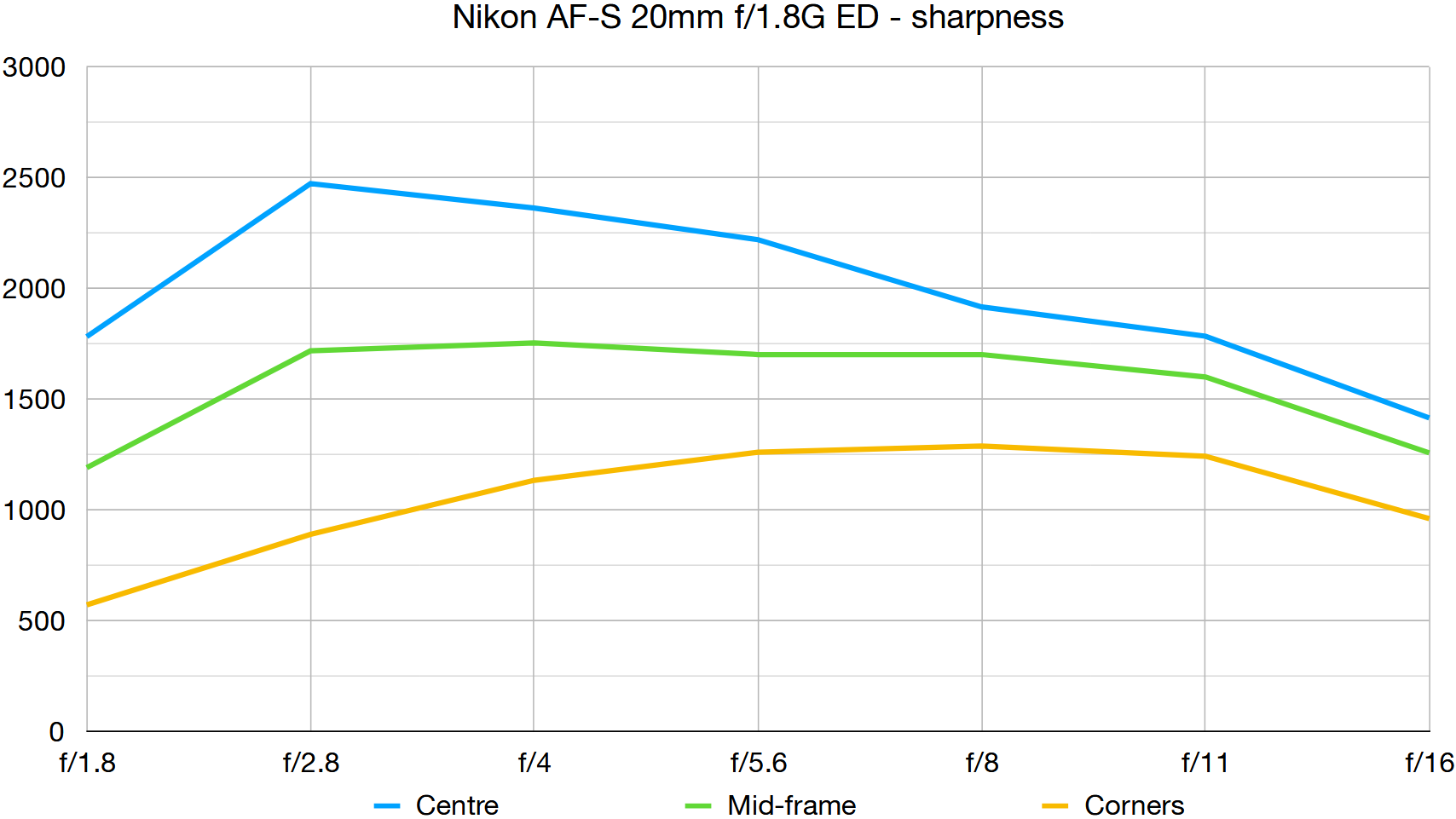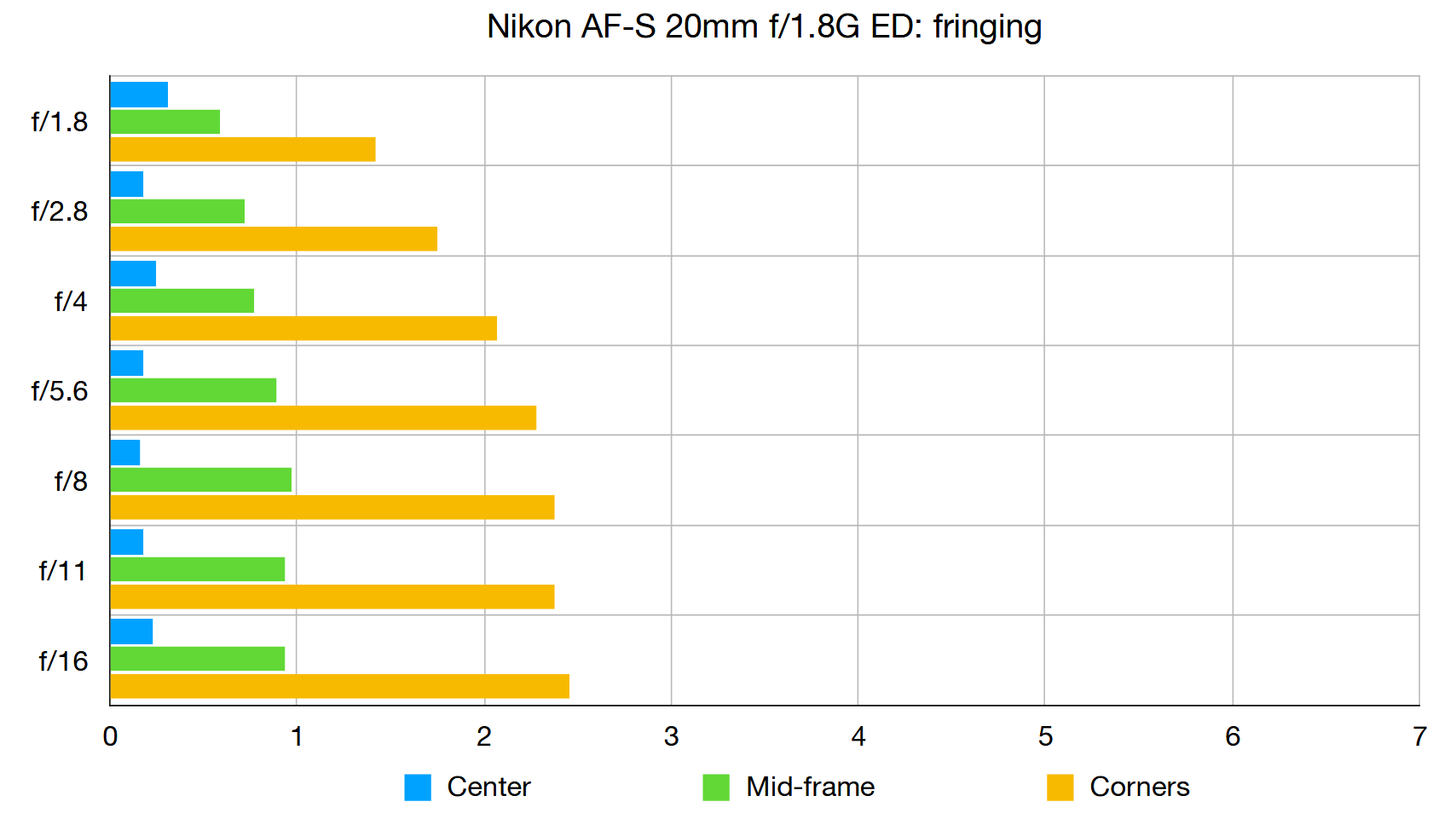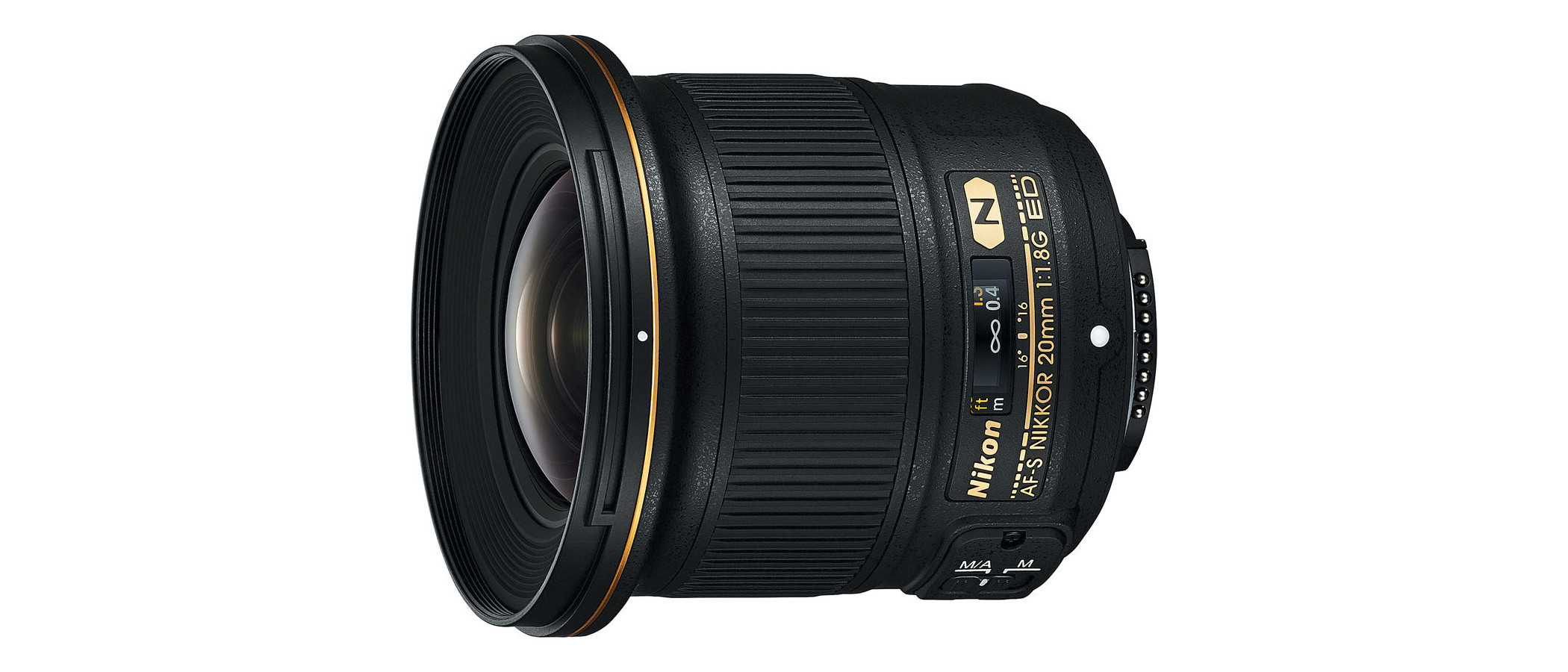Digital Camera World Verdict
This Nikkor offers a wider viewing angle than a standard zoom lens, along with a faster f/1.8 aperture. It’s great for shooting everything from architectural interiors to expansive landscapes and cityscapes, and the night sky. Sharpness is mostly excellent, apart from at the edges of the frame when using very wide apertures and build quality is very good even though the lens is refreshingly compact and lightweight. It’s quite pricey to buy but good value nonetheless.
Pros
- +
Ultra-wide viewing angle
- +
Fast f/1.8 aperture
- +
Strong optical performance
Cons
- -
Heavy vignetting at f/1.8
- -
Lackluster corner-sharpness wide-open
- -
Pretty pricey
Why you can trust Digital Camera World
As an ultra-wide-angle fast prime, the Nikon AF-S 20mm f/1.8G ED is pretty compact and lightweight by current standards. Measuring 83x81mm and weighing 335g, it works well as a walkabout lens on FX (full-frame) cameras and is also worth considering as an ‘effective’ 30mm wide-angle prime on DX (APS-C) format bodies.
Specifications
Mount: Nikon F (FX)
Full-frame: Yes
Autofocus: Yes
Stabilization: No
Lens construction: 13 elements in 11 groups
Angle of view: 94 degrees
Diaphragm blades: 7
Minimum aperture: f/16
Minimum focusing distance: 0.2m
Maximum magnification ratio: 0.23x
Filter size: 77mm
Dimensions: 83x81mm
Weight: 355g
Key features
Autofocus is courtesy of Nikon’s conventional Silent Wave Motor system, based on a ring-type ultrasonic design. As such is offers quick and whisper-quiet operation for stills but is less suitable for movie capture, as it lurches from one position to another. Also typical of ‘AF-S’ lenses, it features a focus distance scale beneath a viewing window. This can be helpful as a guide, especially when manually setting the hyperfocal distance to maximize depth of field, but the relatively short throw of the focus ring compared with most manual-focus lenses limits the advantage. An M/A-M focus mode switch is featured, the former option giving priority to manual override during autofocus.
The high-grace optical path includes two aspherical elements and two ED (Extra-low Dispersion) elements, along with both Nano Crystal Coat and Super Integrated Coating, to minimize ghosting and flare. Build quality is very good and features a weather-seal ring on the mounting plate, to guard against the ingress of dust and moisture.
Performance
Autofocus is quick, quiet and reliable and image quality is very pleasing overall. Levels of center-sharpness are very good even when shooting wide-open and thoroughly superb in the f/2.8-f/8 aperture range. However, you need to stop down to f/4 before edge/corner-sharpness gets into its stride. Color fringing can be a little noticeable but in-camera correction is automatically applied. Barrel distortion is minimal for such an ultra-wide-angle lens but vignetting is severe at wide apertures.
Lab results
We run a range of lab tests under controlled conditions, using the Imatest Master testing suite. Photos of test charts are taken across the range of apertures and zooms (where available), then analyzed for sharpness, distortion and chromatic aberrations.
We use Imatest SFR (spatial frequency response) charts and analysis software to plot lens resolution at the center of the image frame, corners and mid-point distances, across the range of aperture settings and, with zoom lenses, at four different focal lengths. The tests also measure distortion and color fringing (chromatic aberration).
Sharpness:

Sharpness across most of the image frame is absolutely excellent, only dropping off at each end of the aperture range. Edge/corner-sharpness is less impressive at apertures wider than f/4.
Fringing:

Lateral chromatic aberration can be a little noticeable towards the corners of the image frame but automatic correction is applied in-camera for recent and current Nikon DSLRs.
Distortion: -1.5
For such an ultra-wide-angle lens, barrel distortion is of a relatively low order and easily corrected if necessary.
Verdict
This Nikkor offers a wider viewing angle than a standard zoom lens, along with a faster f/1.8 aperture. It’s great for shooting everything from architectural interiors to expansive landscapes and cityscapes, and the night sky. Sharpness is mostly excellent, apart from at the edges of the frame when using very wide apertures and build quality is very good even though the lens is refreshingly compact and lightweight. It’s quite pricey to buy but good value nonetheless.
Read more:
• Best camera lenses to get
• Best Canon lenses
• Best Nikon lenses
• Best Sony lenses
Matthew Richards is a photographer and journalist who has spent years using and reviewing all manner of photo gear. He is Digital Camera World's principal lens reviewer – and has tested more primes and zooms than most people have had hot dinners!
His expertise with equipment doesn’t end there, though. He is also an encyclopedia when it comes to all manner of cameras, camera holsters and bags, flashguns, tripods and heads, printers, papers and inks, and just about anything imaging-related.
In an earlier life he was a broadcast engineer at the BBC, as well as a former editor of PC Guide.



